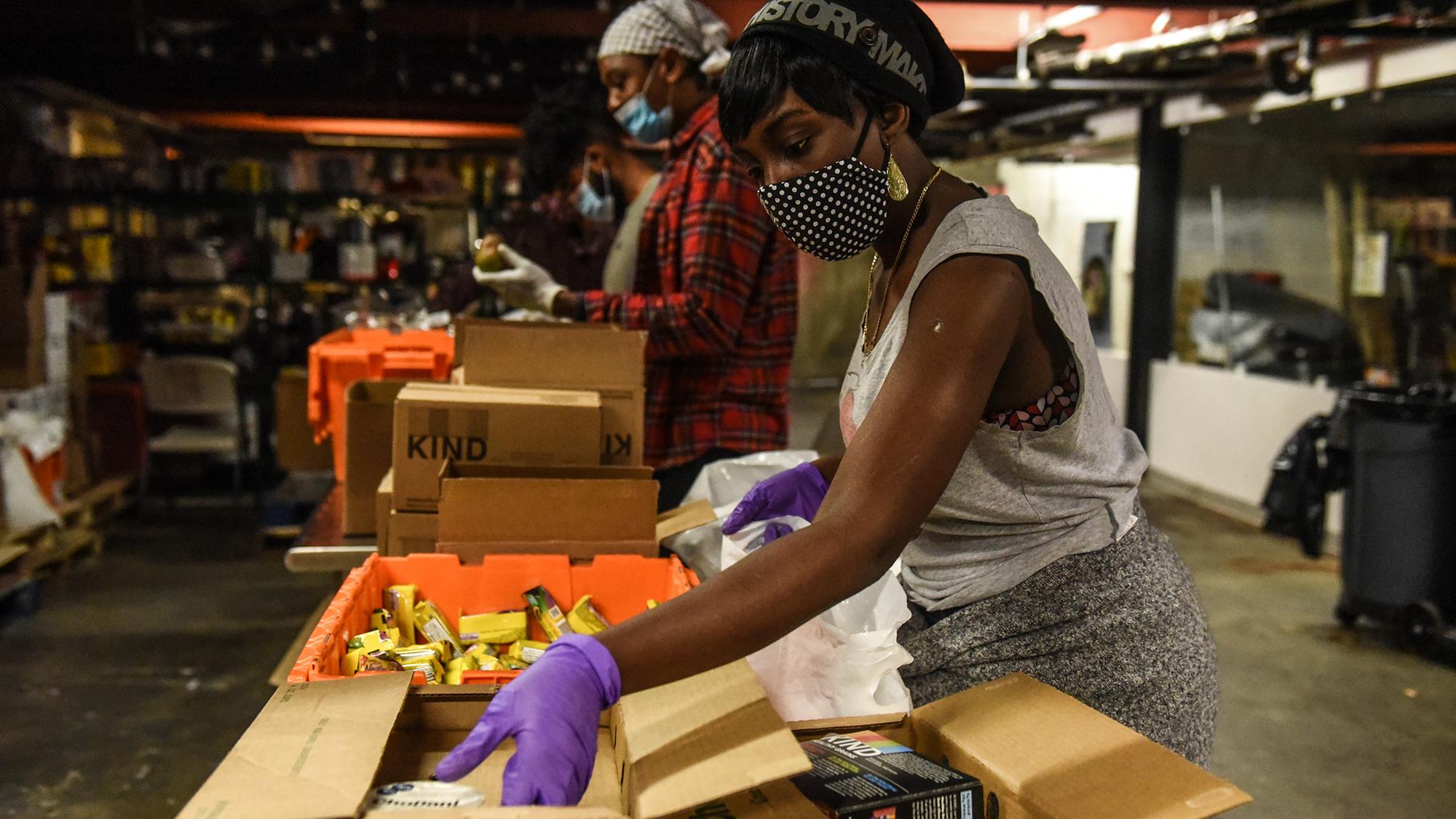Will hospital food ever get better?

Photo: rawpixel/pixabay
- 23 New York–area hospitals are attempting to redefine hospital food by making it healthier and more exciting to prepare.
- 20% of 208 hospital facilities surveyed featured McDonald’s, Chick-fil-A, and Wendy’s on their campuses.
- A 2017 report published in JAMA found that almost half of deaths caused heart disease, type 2 diabetes, and stroke can be attributed to poor diet.
Boston’s Children Hospital is one of the most well-regarded children’s medical facilities in the world. It was fortunate that my ex-wife’s teenage nephew lived in Boston. When he suffered a brain injury that nearly killed him eight years ago, the top-notch staff saved his life. People from around the world to bring their children to this facility thanks to its combination of expertise and equipment.
Yet what I remember most about the trip to visit him was the food. Here we were, in one of the best hospitals on the planet, and the cafeteria looked like a 7-11. Our options included muffins, cookies, potato chips, soda, and not much else. I was stunned that a place of healing would only offer visitors the products that bring many patients into its wings in the first place.
I shouldn’t have been that surprised. I worked in the emergency room at another top institution, Robert Wood Johnson University Hospital, for two years while attending Rutgers. In fact, I lived in that same hospital for over a month after breaking my femur in 1986. I recall eating in the hospital as both an employee and patient. In both situations, what was provided was anything but healthy.
I’m not alone in this confusion. A recent Eater expose highlights the problem:
A Styrofoam cup of watery broth, orange Jell-O, blue Gatorade, low-fat vanilla yogurt, a juice box of wild berry-flavored Boost Breeze, a packet of Scandishake powder, and generic saltines, neatly lined up on a dull gray hospital tray: This was among my husband’s first meals in over two months.
I remember the Jell-O, saltines, and juice well—I drank multiple plastic containers of grape juice every day for five weeks, not exactly the best option for an overweight eleven-year-old. America might be unique in this disregard for health, at least given this global survey of user-generated photos of hospital food from around the world. (Ok, Poland isn’t looking so hot either.)
In America, obesity costs $147 billion per year, driving up our annual health care costs by 29%. A 2017 report published in JAMA found that almost half of deaths caused by heart disease, type 2 diabetes, and stroke can be attributed to poor diet. Why, then, are the places that address these diseases part of the problem? How do administrators get this very solvable issue so wrong?
As the NY Timesreports,
Only 27 percent of American medical schools teach the recommended 25 hours of nutrition, and even then the content is mostly biochemistry rather than “practical” advice about diet.
This explains why doctors are often ignorant of nutrition, but does this problem persist in every facet of hospital bureaucracy? Not every doctor is clueless about this issue: In 2016, a nonprofit group of over 12,000 medical professionals filed a report about hospital food, stating that 20% of the 208 facilities surveyed featured McDonald’s, Chick-fil-A, and Wendy’s on their campuses. If visitors are getting shafted, just consider the patients:
The food served in regular hospital cafeterias often isn’t much better; in the same 2015 report, PCRM [the Physician’s Committee for Responsible Medicine] analyzed cafeteria menus and patient meal plans, and found that they often included processed meats and items high in sugar, salt, and cholesterol. Another study from 2012, published in the journal Academic Pediatrics, assessed the food offerings in 14 California children’s hospitals, rating each hospital on a scale from 0 (unhealthy) to 37 (healthy). The average score was 19, and only 7 percent of the 384 entrees served were classified as healthy.
Fortunately, things are changing. A pilot program at a children’s hospital in Ottawa includes red Thai curry, basil pesto with kale, and cod on the menu; the vegetables that chef Simon Wiseman cooks with are pulled from his garden. And, as the NY Times article above mentions, a move toward healthier food is happening at 23 New York–area hospitals.
Beyond serving healthier food to patients, there is an educational component to avoid patient re-admittance. Doctors are being trained to teach those under their care how to read food labels and understand what a carbohydrate is. They’ve even created a “food pharmacy” for discharged patients to return home with better nutritional options and are offering low-income patients the opportunity to return for free meals on a weekly basis.
Hospitals are stressful places, and humans are emotional animals. A few weeks ago, I sliced off my fingertip while cutting an onion. My wife, taking a nap, was startled when I ran into the bedroom, my left hand wrapped in a bloody towel. Two hours later, having received a tetanus shot after the cauterization of finger, it was obvious that the healthy dinner previously in preparation was not happening. We settled on burritos—true comfort food in Los Angeles—on the ride home.
We need our medical establishments to do better. Health care spending accounts for nearly 18% of America’s GDP. That unacceptable figure is produced by an industry that keeps us returning by fostering bad dietary habits. At a moment when citizens really need medical professionals to educate them, they’re failing miserably by feeding them the same crap that likely put them in the hospital in the first place. It’s slowly changing, as one doctor in the NY Times piece noted, but the change is not coming soon enough.
—
Stay in touch with Derek on Twitter and Facebook.





